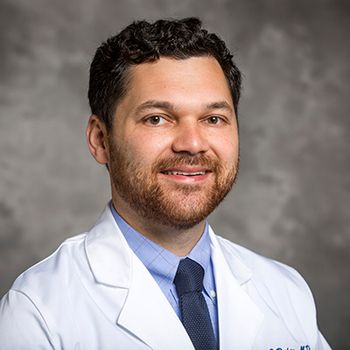
- ONCOLOGY Vol 38, Issue 11
- Volume 38
- Issue 11
- Pages: 406
Gender Equity in Hematology/Oncology Have We Made Any Progress?
Julie M. Vose, MD, MBA, highlights the push toward gender diversity in medical oncology.
There has been growth in the representation of women in many areas of medicine. For example, in 2017, for the first time, more women than men matriculated into United States medical schools.1 However, women remain underrepresented in academic medicine as well as leadership positions in academic medicine.2 The theory has been that it just takes time for women to go through the ranks and they can gain representation as time goes on. Although this has happened to some degree, with the major increase in women going through medical training, more representation would be expected at this point.
In hematology/oncology, this trend is evident, with slow improvements over the past several decades. For example, of the 59 presidents of the American Society of Clinical Oncology (ASCO), only 9 have been women. However, 4 of the past 10 have been women. Such slow improvement is evident at every level of academic oncology, especially over the past decade. Another example is the exceptionally low level of representation of women on editorial boards of major medical journals, and the near total lack of women as editors-in-chief for major oncology journals.3 The lack of women in these positions is multifactorial and individual for each situation. However, the modifiable determinants should be addressed on an individual basis. When positions become available, a broad net should be cast for applicants, with specific outreach to qualified candidates in underrepresented categories.
In some exceptional circumstances, traditional expectations need to be modernized to meet candidates’ needs. This could include flexible hours, improved clinical or administrative support, or a modified career plan timeline considering family and personal needs. The one-size-fits-all academic and clinical entity approach does not work well for the diversification of physicians or the growth of the hematology/oncology specialty. It is incumbent on the few women in leadership positions in hematology/oncology to change the trajectory for the future of women in the field.
References
- 1. More women than men enrolled in U.S. medical schools in 2017. News release. Association of American Medical Colleges. December 17, 2017. Accessed October 23, 2024.https://tinyurl.com/bd3k7jhh
- 2. Chowdhary M, Chowdhary A, Royce TJ, et al. Women’s representation in leadership positions in academic medical oncology, radiation oncology, and surgical oncology programs. JAMA New Open. 2020; 3(3):e20078. doi:10.1001/jamanetworkopen.2020.0708
- 3. Jasgi R, Tarbell NJ, Henault LE, Chang Y, Hylek EM. The representation of women on the editorial boards of major medical journals: a 35-year perspective. Arch Intern Med. 2008;168(5):544-568. doi:10.1001/archinte.168.5.544
Articles in this issue
about 1 year ago
Precision Medicine in NSCLC The Power of Molecular Testingabout 1 year ago
3 Things You Should Know About Biomarkers in DLBCLabout 1 year ago
Assessing NP Roles in Talquetamab Treatment for Multiple MyelomaNewsletter
Stay up to date on recent advances in the multidisciplinary approach to cancer.
















































































